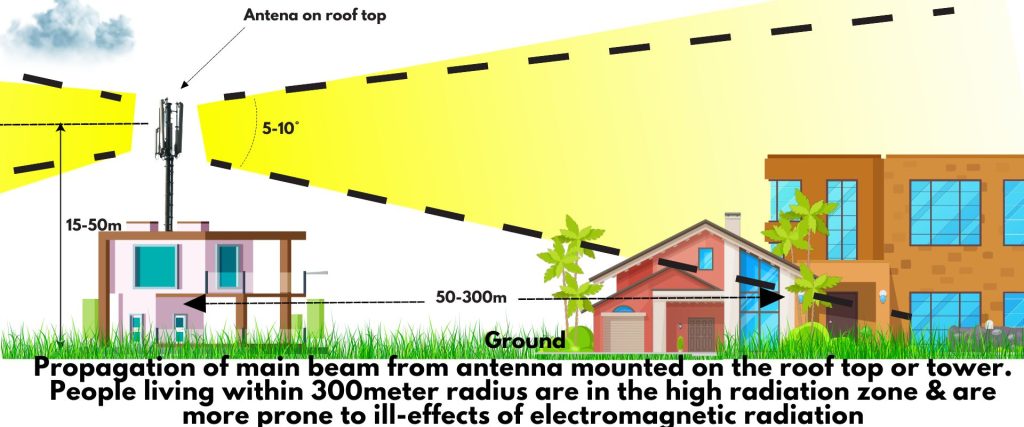Survey conducted by the National Institute for Science, Law, and Public Policy have been compiled. The survey, initiated on June 2, 2014, and completed by 1,000 participants as of June 28, 2014, aimed to determine whether the presence of cell towers and antennas in a neighborhood or on a building would influence the interest and willingness to pay for a real estate property among home buyers and renters.
An overwhelming majority of respondents (94%) stated that the existence of nearby cell towers and antennas would have a negative impact on their interest in a property and the price they would be willing to pay for it. Furthermore, 79% of respondents asserted that they would never purchase or rent a property located within a few blocks of a cell tower or antenna under any circumstances.
Specifically, 94% of participants mentioned that the presence of a cell tower or group of antennas in close proximity to a property would diminish their interest or the price they would be willing to pay for it. Similarly, 94% stated that the presence of cell towers or antennas on top of or attached to an apartment building would negatively affect their interest or willingness to pay for the apartment.

Regarding property choices, 95% of respondents expressed a preference for buying or renting a property without any antennas on the building, compared to a comparable property with multiple antennas. Additionally, 88% mentioned that they would never consider purchasing or renting a property with a cell tower or group of antennas on top of or attached to the apartment building.
The survey also found that 89% of participants had concerns about the increasing number of cell towers and antennas in their residential neighborhoods.
The National Institute for Science, Law, and Public Policy (NISLAPP) was interested in determining if respondents’ concerns about neighborhood antennas were based on personal experiences with wireless radiation or unrelated to such experiences. Out of the 1,000 respondents, 57% reported previous cognitive effects from radiation emitted by devices such as cell phones, wireless routers, portable phones, utility smart meters, or neighborhood antennas or cell towers. In contrast, 43% had not experienced cognitive effects. Moreover, 63% of participants had previously experienced physical effects from these devices or neighborhood towers and antennas, while 37% had not encountered physical effects.
Many real estate brokers who completed the NISLAPP survey provided their contact information, indicating their interest in receiving the survey results or updates regarding the potential relationship between neighborhood cell towers and antennas and real estate decisions:
“I work as a real estate agent in New York City. Recently, I successfully sold a townhouse that had a cell tower attached to it. However, potential buyers were hesitant to purchase the property because of the presence of the cell tower. This was primarily due to a long lease agreement associated with it.”
“I am a property owner with multiple holdings in Santa Fe, NM. I have been cautious not to acquire properties located near cell towers. This is particularly important for my rental properties, as I believe it would be more challenging to find tenants if there were cell towers or antennas nearby. Although I haven’t personally experienced any adverse health effects, I am aware that many people are affected. Furthermore, these antennas and towers are often visually unappealing, despite attempts in our town to camouflage them as chimneys or fake trees.”
“My family and I have been homeowners and real estate investors in Marin County for the past 25 years. We own various residential properties, including homes and apartment buildings. When investing in real estate, we prioritize properties that do not pose any harm to our tenants. All of our properties are free from smart meters. We appreciate your efforts in this regard.”
“As a realtor, I have never received a single complaint about cell phone antennas. However, electric poles pose a significant issue for potential buyers.”
